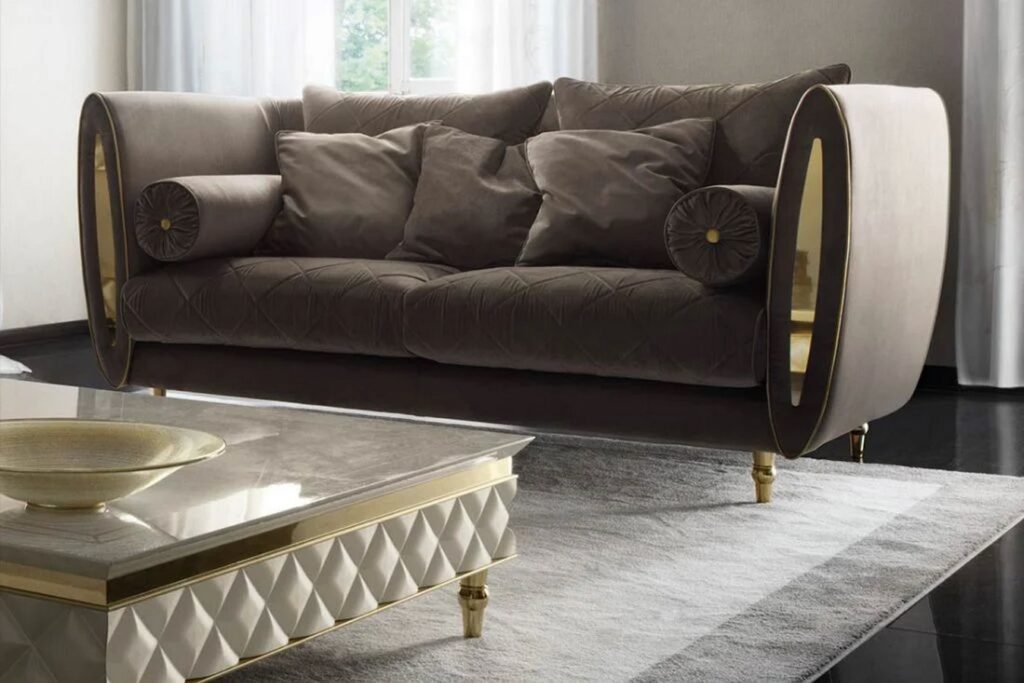
The terms “modern” and “contemporary” are often conflated, leading to confusion for those less familiar with interior design terminology.

Historical Context and Evolution
The distinction between modern and contemporary design extends beyond interior design to various other disciplines such as fashion, art, and architecture. However, there is a historical reason for the confusion between these two terms. What was considered contemporary 30-40 years ago has now evolved into modern design, highlighting the transient nature of design trends.
Contemporary Interior Design
Contemporary style, including contemporary interior design, is characterized by its creation in the present moment while drawing inspiration from a variety of stylistic elements. It is inherently eclectic, blending features from modern, classic, vintage, and country styles to form a unique and innovative aesthetic. Contemporary interiors often feature:
- Large windows to integrate with outdoor spaces
- Clean lines and minimalist furniture
- Use of natural materials for sustainability and comfort

Modern Interior Design
Modern interior design, on the other hand, refers to a style that emerged in the early to mid-20th century, particularly between the 1920s and 1950s. This period saw the rise of Scandinavian and German design schools, emphasizing formal simplicity, functionality, and the use of natural materials. Modern interiors typically exhibit:
- Asymmetrical layouts with odd window placements
- Minimalist design with predominantly white walls
- A palette of neutral colors
Key Differences
- Architecture and Space: Modern interiors feature odd window placements, flat roofs, and white walls, while contemporary interiors may incorporate painted walls, exposed beams, and cavities for a more dynamic space.
- Lines and Shapes: Modern design tends towards minimalist simplicity with clean lines, while contemporary design embraces more curved and fascinating shapes.
- Choice of Materials: Modern interiors combine natural materials with plastic and metal, evoking an industrial aesthetic, whereas contemporary design favors natural materials like cedar wood and steel finishes for elegance.
Similarities
Despite their differences, contemporary and modern interior design share certain similarities:
- Clean and simple lines to create comfortable spaces
- Minimalist approach to decoration
- Open and airy layouts with minimal furniture
Understanding the nuances between modern and contemporary design is essential for creating cohesive and harmonious interior spaces that reflect desired aesthetics and functionality.











